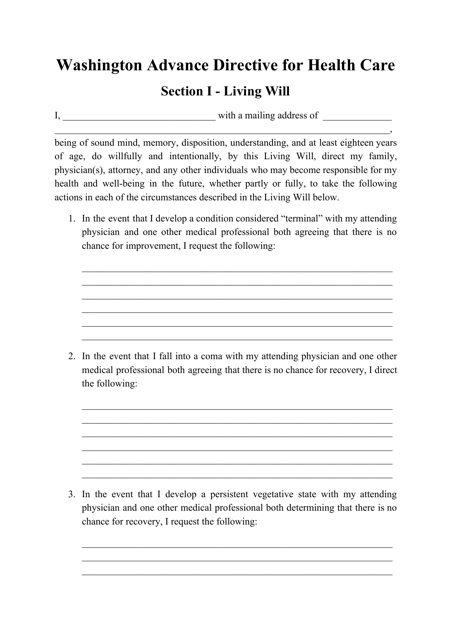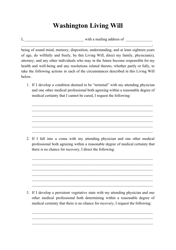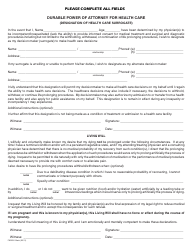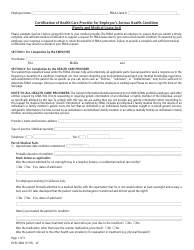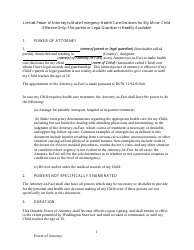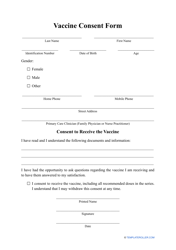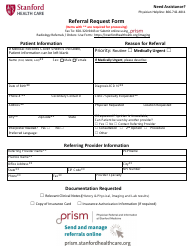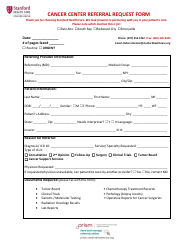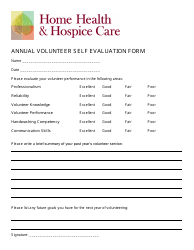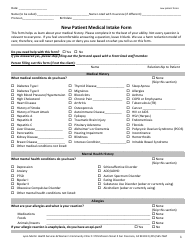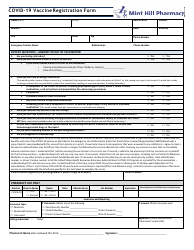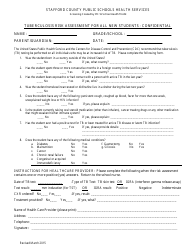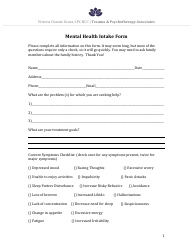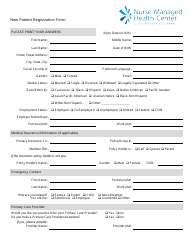Advance Directive for Health Care Form - Washington
A Washington Advance Directive is a set of written legal instructions regarding an individual's wishes and preferences for medical care that become effective in the events when they are unable to make decisions for themselves. If a patient does not have their health care wishes specified, these decisions can be placed in the hands of family members, doctors, or even judges, who may know very little about what the patient prefers.
An Advance Directive in Washington State is defined by Sections 70.122.010 to 70.122.920 of the Washington Revised Code Title 70 (Public Health and Safety) . The directive must be signed by in the presence of two (2) witnesses not related to the individual. There is a difference between this form and a Living Will in Washington. Advance Directives come into force in all cases when an individual is too ill to communicate or unconscious. A Living Will is a specific type of directive that takes effect when a patient is terminally ill and only lists decisions about life-sustaining medical procedures.
You can download the form through this link or make your own document with our online form-building application.
What Is a Washington Advance Directive?
Advance Directives are legally binding documents that outline an individual's wishes regarding life support, resuscitation and other interventions for both their health care team and family members.
The paperwork for all Advance Directives for Health Care includes two parts in total - a Living Will and a Medical Power of Attorney.
- A Living Will is a legal document that intends to ensure and specify an individual's end-of-life wishes regarding health care and medical treatment in the event of their permanent incapacity.
- A Medical Power of Attorney - otherwise called a Durable Power of Attorney for Health Care - is a form that elects an agent to make medical decisions on the behalf of the individual signing the document.
How to Write an Advance Directive in Washington?
Advance Care planning is a four-step process:
STEP 1 - Electing an agent to make health care decisions on the patient's behalf.
STEP 2 - Expressing wishes about any limitations in medical treatment - CPR, breathing machines, feeding tubes, and antibiotics.
STEP 3 - Making decisions related to organ and tissue donation and stating preferences regarding the funeral, burial and the disposition of remains.
STEP 4 - Signing, dating and witnessing the form according to the applicable Washington law. Copies of the completed form should be handed out to the agent, the physician, the patient's family and to the health care facility.
